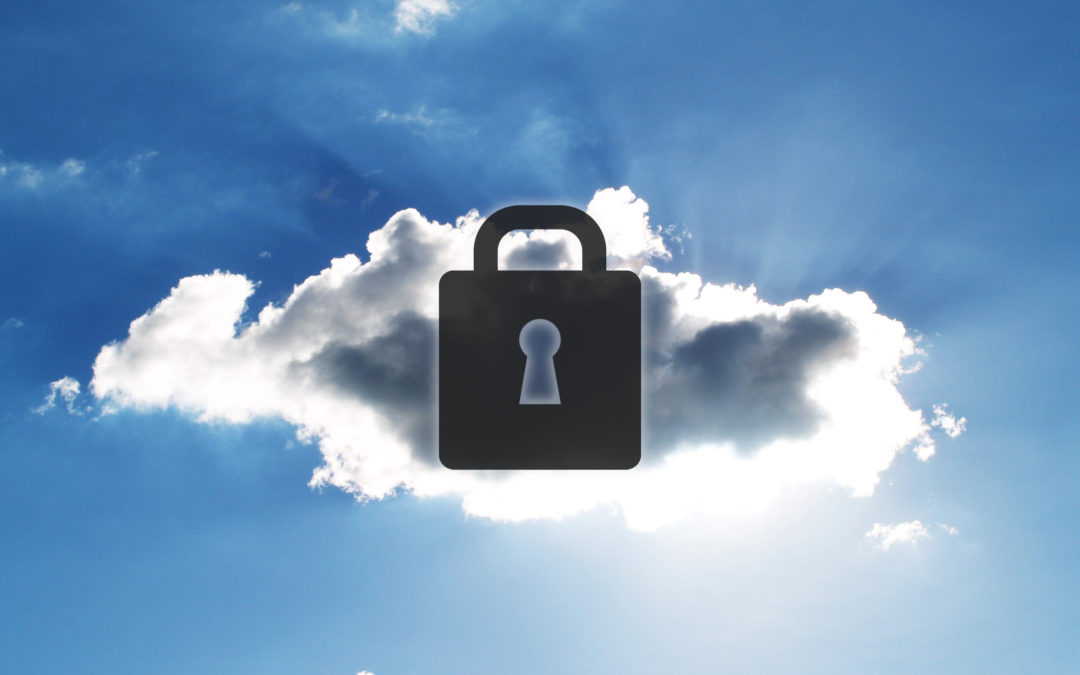Backing up our critical files and email is something we’d all agree is important, but we often treat it like flossing our teeth. We know we should do it daily but it’s all too easy to take shortcuts or push it back until the next checkup. You never know when you’re going to need a computer backup, though. A disgruntled employee can wipe your shared drive in minutes. A misclicked link can corrupt your hard drive in seconds. A poor selection of cloud services can disappear with a single missed payment.
Last month we introduced the concept of “business continuity.” Business continuity planning centers around a documented plan to minimize the occurrence and impact of IT disasters. Over the next couple of months we’ll review how we can balance these planning efforts in realistic, economical ways.
Let’s consider the cloud – the invisible, magical, and evolving data storage medium that’s taken off this decade. We store everything on the cloud – family photos, business bookkeeping, and even our list of passwords. Just how safe IS the cloud, and are there steps of preparation we should take to protect ourselves from losing access to the information it holds?
The cloud is a vast array of servers scattered around the world. Some work together to provide services such as Office 365. Others sit in the corner of a small business’ home office and run an e-commerce site that is now gathering and storing payment information and passwords. While many systems within the cloud are more secure than a safe stored under your bed, it’s important to consider who has this data, what they’re doing with it, and what kind of problems can arise when we outsource data storage to 3rd parties.
A recent poll stated that 86% of companies have one or more cloud-based storage systems. This means that most companies either trust cloud storage enough to incorporate it in their data storage efforts or that the benefits of cloud storage are so great that it’s worth the risk. The question, though, is what is that risk? Let’s list a few here:
- If your internet is down, the cloud is down, too.
- If your cloud provider has a disruption, your data may become inaccessible.
- If your or one of your employee’s account is hacked, all of your data becomes immediately at risk.
- Much of responsibility for backing up cloud-based data is pushed off to the provider, so it’s often out-of-sight-out-of-mind for the business using the service.
These are just a few of the risks we face when storing data and systems in the cloud. In many cases, with proper monitoring and research, these systems are well worth the risk or alternative cost of hosting the data ourselves.
As we continue on in this new year, now’s a good time to chat with your critical providers or IT partners about the safety of your data and the preparedness of your providers to help you through any situation that may arise. Consider and talk about data recovery, how you’ll access cloud-based data when the service is unavailable, and redundancy and on-site replication. When the time comes, you’ll thank yourself for getting prepared.
Written by Chet Cromer for publication in the Business Leader




Recent Comments